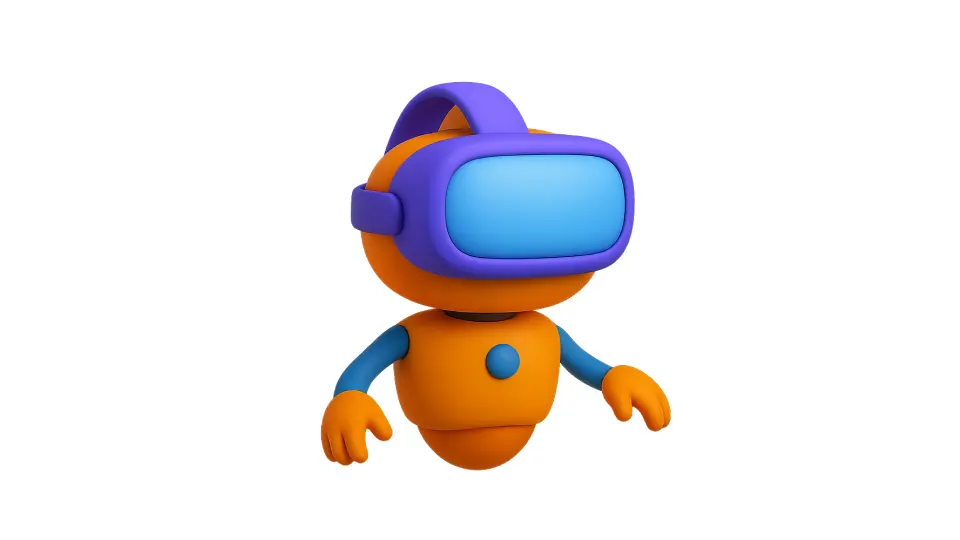Immersive design marks a turning point in how experiences are conceived. Websites and apps are no longer static canvases; they’ve become interactive environments where users don’t just consume content—they explore, manipulate, and live it. Emerging technologies such as augmented reality (AR), virtual reality (VR), and interactive 3D design are redefining presence across industries: retail, tourism, education, real estate, and architecture among them.
What Are Immersive Interactions?
Immersive interactions aim to blur the line between user and interface, replacing passive observation with active participation. They invite people inside the story, transforming content into a sensory experience that responds to presence, movement, and intent.
- Augmented Reality (AR):
AR overlays information onto the real world through a smartphone or headset. Apps like IKEA Place let users preview furniture directly in their homes—turning imagination into visualization before purchase. - Virtual Reality (VR):
VR creates fully digital environments where users can walk, look around, and interact freely. From touring a museum to exploring the city of Bilbao, VR brings the world to you with the power of spatial immersion. - Interactive 3D Elements:
Unlike AR or VR, 3D elements need no special equipment. They enable users to rotate, zoom, and customize digital objects—whether it’s a sneaker on an e-commerce site or a virtual planet in NASA’s Eyes app.
At their core, these technologies share a purpose: to replace passive scrolling with active engagement. The user stops being a spectator and becomes a participant—an essential part of the experience itself.

Immediate Impact, Real Results
The adoption of immersive tools isn’t just an artistic choice—it’s a business advantage. Brands using AR, VR, and 3D design report higher engagement rates, stronger emotional connections, and measurable growth in conversion and retention. Here’s how immersive technology delivers value across sectors:
- E-commerce: Virtual try-ons and 360° product views boost purchase confidence, reduce return rates, and make online shopping feel tactile.
- Tourism: Virtual tours allow travelers to explore hotels, landmarks, and museums before booking, turning curiosity into commitment.
- Education: Immersive simulators transform abstract concepts into real, interactive experiences—perfect for fields like medicine, engineering, or history.
- Architecture: Interactive 3D models help clients inhabit spaces before they’re built, creating clarity and excitement during the design process.
Immersive experiences create memory anchors—moments users recall because they didn’t just see them; they felt them. This emotional depth is what makes a brand experience unforgettable.
Tips for Designers and Businesses
You don’t need a massive budget to start designing for immersion. Begin with micro experiences: a lightweight 3D viewer, a small AR product preview, or a virtual walkthrough of a single environment. Small, thoughtful steps can turn a static brand into an experiential one.
Performance, however, is everything. A beautiful 3D scene that loads slowly loses its impact. Optimize assets, compress textures, and use modern frameworks that support WebGL or WebXR to ensure immersive interactions remain smooth, fast, and accessible.
Above all, remember that immersion isn’t about complexity—it’s about connection. Whether through subtle motion, sound design, or haptic feedback, the goal is to evoke emotion and authenticity, not overwhelm the user with spectacle.
Conclusion: Immersion Is the New Default
Design is stepping into a new dimension—one where the screen dissolves and interaction becomes spatial, emotional, and alive. AR, VR, and interactive 3D are reshaping how people connect with brands, stories, and ideas, weaving experiences into the rhythm of daily life.
Immersion is becoming the native state. It calls for creators who design not interfaces but environments: spaces that breathe, react, and remember. Those who embrace this shift won’t just follow trends; they will author the landscapes where human imagination and technology meet. The future of design will not simply be seen or used, it will be inhabited.



